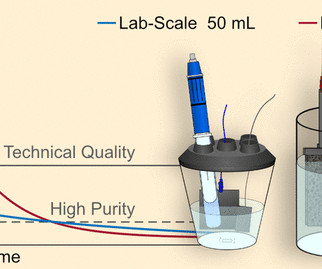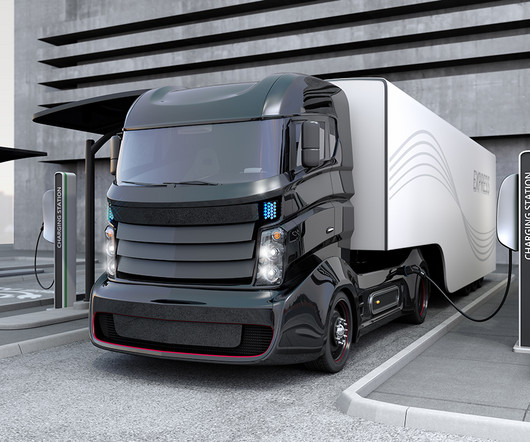Chalmers team develops method to reduce levels of mercury in sulfuric acid
Green Car Congress
JULY 10, 2023
According to a report from the United Nations Environment Programme (UNEP), emissions of mercury to the atmosphere increased by an estimated 20% from 2010 to 2015. Today, mercury is mostly removed at an earlier stage—from the concentrates and recycled streams at the smelter before sulfuric acid is produced.













Let's personalize your content